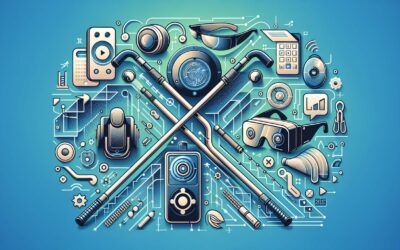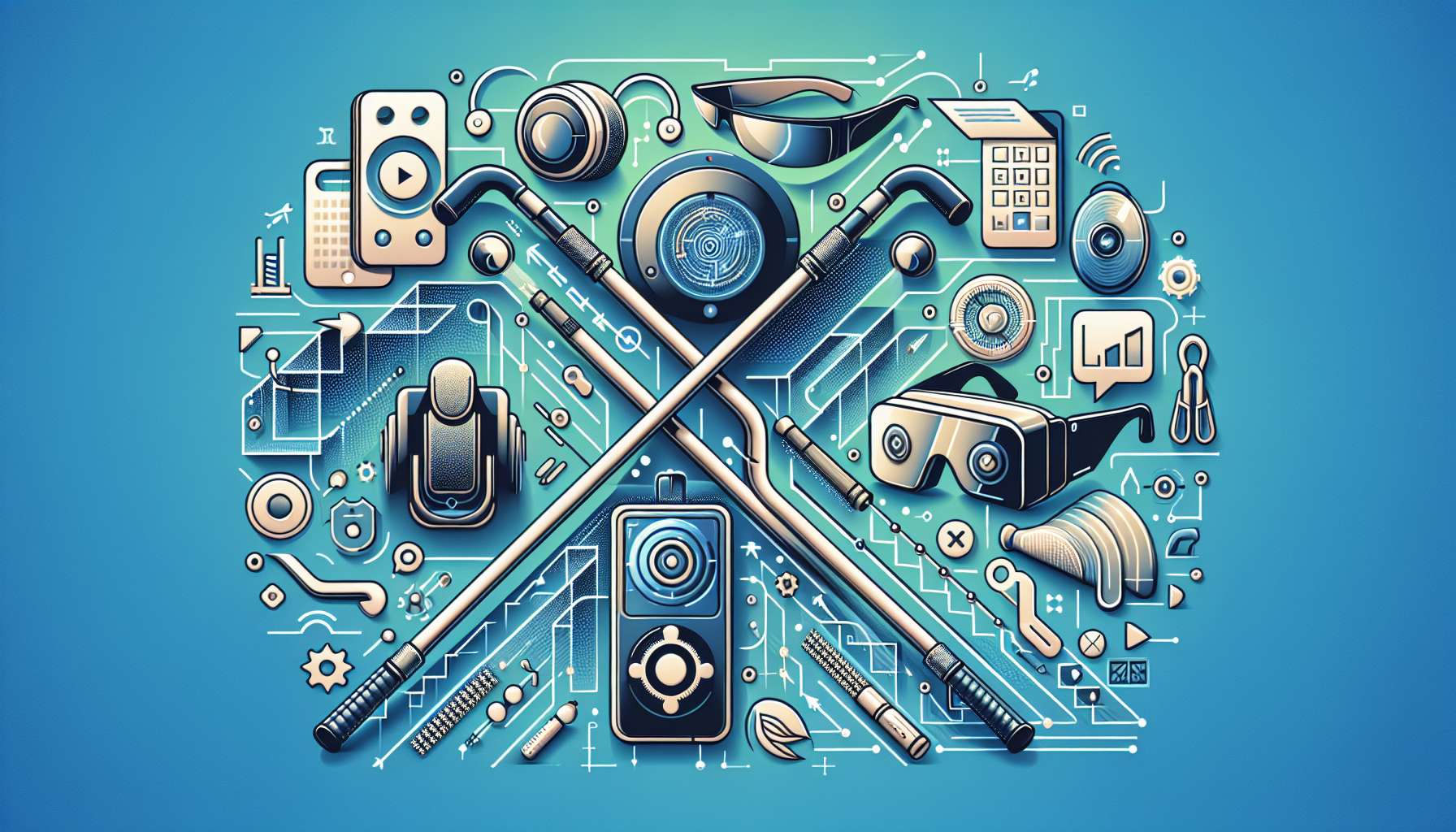Introduction
Augmented reality (AR) has revolutionized various industries, and the automotive sector is no exception. AR technology has found its way into automotive design and prototyping, transforming the way vehicles are conceptualized, developed, and tested. This article explores the applications and benefits of augmented reality in automotive design and prototyping.
AR in Automotive Design
Augmented reality offers automotive designers a new way to visualize and manipulate their creations. With AR, designers can overlay virtual elements onto physical vehicles, allowing them to see how different design elements would look in real-time. This technology enables designers to experiment with various styles, colors, and shapes without the need for physical prototypes.
AR also enhances collaboration among design teams. Designers can work together in a shared AR environment, making real-time modifications and exchanging ideas seamlessly. This collaborative approach streamlines the design process, reduces errors, and accelerates the time to market for new vehicle models.
AR in Automotive Prototyping
Traditionally, automotive prototyping involves building physical models, which can be time-consuming and expensive. Augmented reality simplifies this process by allowing engineers to create virtual prototypes that can be visualized and tested in a virtual environment.
AR enables engineers to simulate various scenarios, such as crash tests, aerodynamic analysis, and performance evaluations, without the need for physical prototypes. This not only saves time and resources but also enables engineers to identify design flaws and make necessary adjustments early in the development cycle.
Benefits of AR in Automotive Design and Prototyping
- Cost and Time Savings: AR eliminates the need for physical prototypes, reducing material and manufacturing costs. It also accelerates the design and prototyping process, enabling faster time to market.
- Improved Design Accuracy: AR allows designers and engineers to visualize virtual elements in real-world environments, ensuring accurate design representation and reducing design errors.
- Enhanced Collaboration: AR facilitates seamless collaboration among design teams, enabling real-time modifications and idea exchange, leading to better design outcomes.
- Early Detection of Design Flaws: AR enables engineers to simulate and test virtual prototypes, identifying design flaws and making necessary adjustments early in the development cycle, reducing costly rework.
- Customer Engagement: AR can be used to showcase virtual vehicle models to customers, allowing them to experience and interact with the design before production. This enhances customer engagement and helps in gathering valuable feedback.
Conclusion
Augmented reality has transformed the automotive design and prototyping process, offering designers and engineers new tools to visualize, collaborate, and test their creations. The benefits of AR in terms of cost savings, design accuracy, collaboration, and early detection of design flaws make it an invaluable technology in the automotive industry. As AR continues to evolve, we can expect even more innovative applications in the automotive sector, further revolutionizing the way vehicles are designed and developed.








